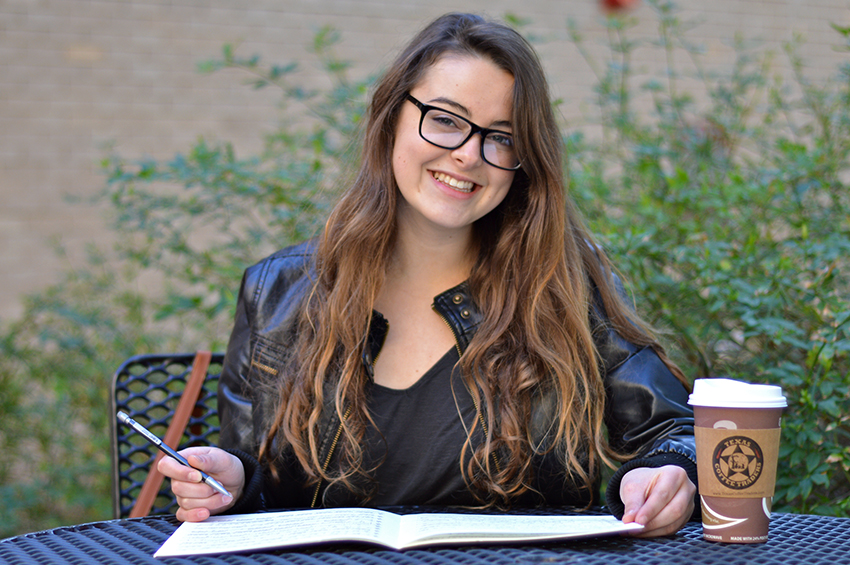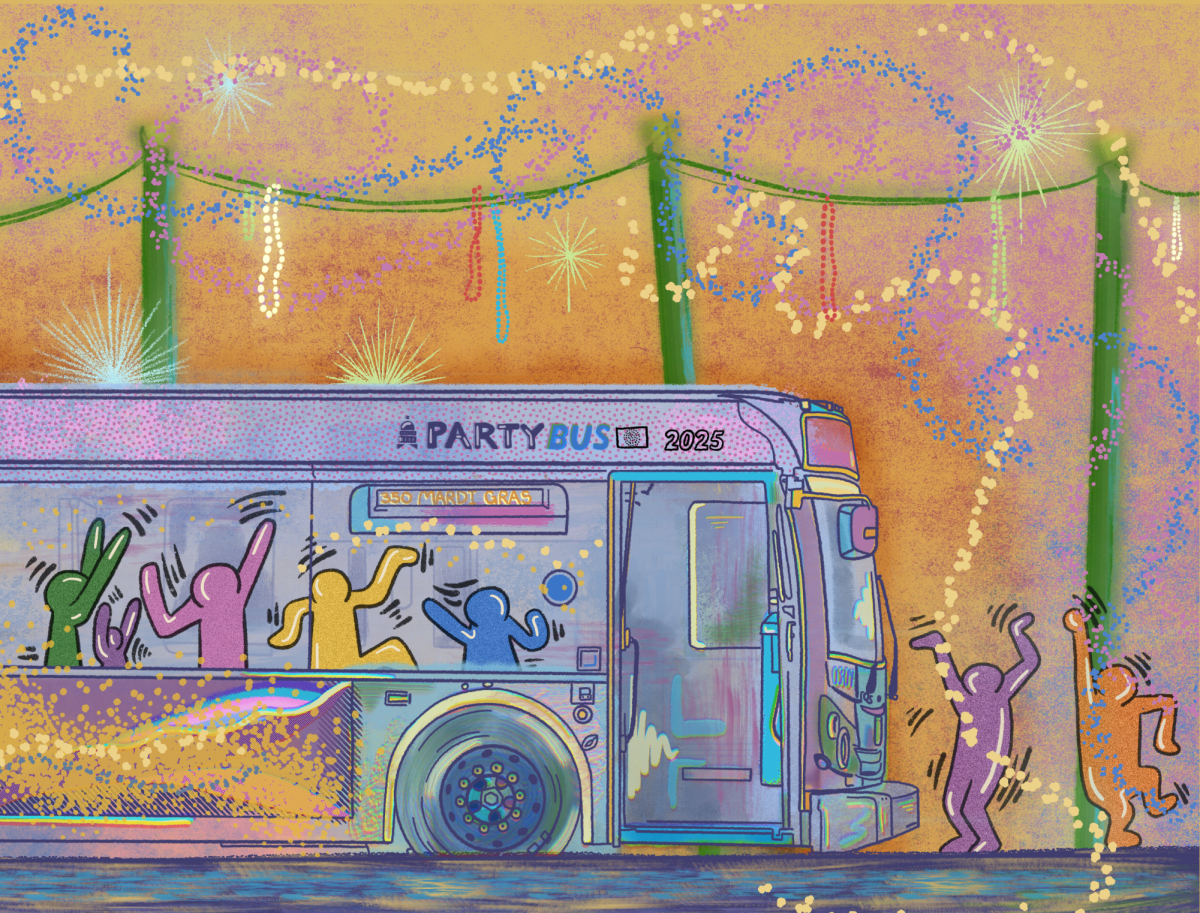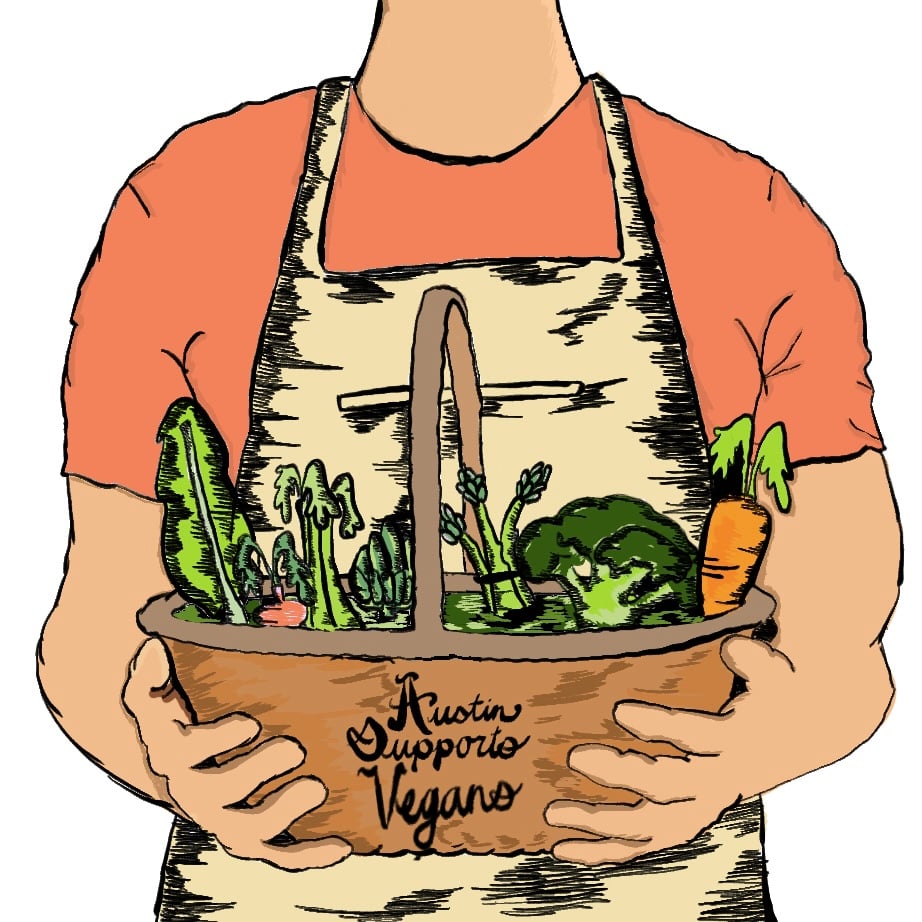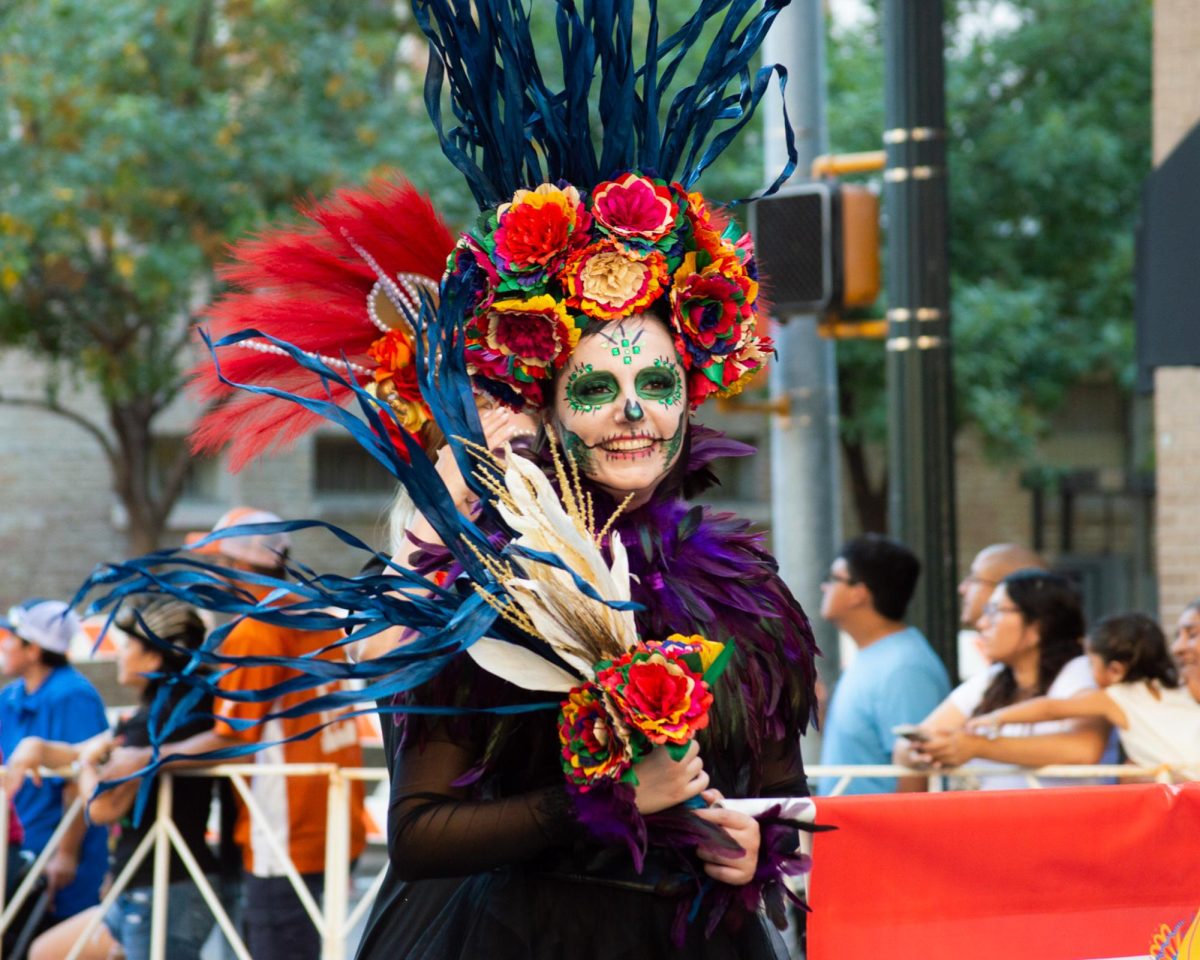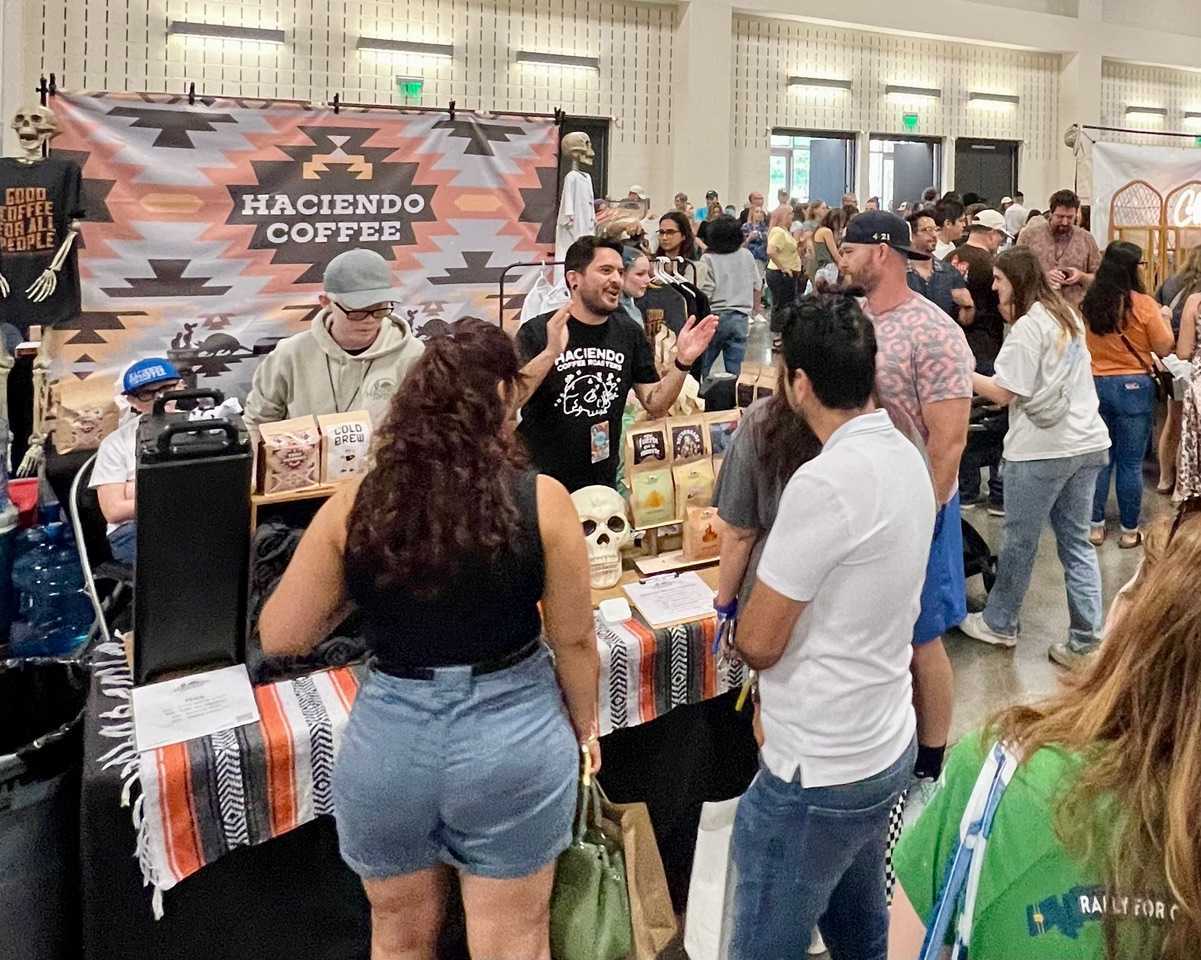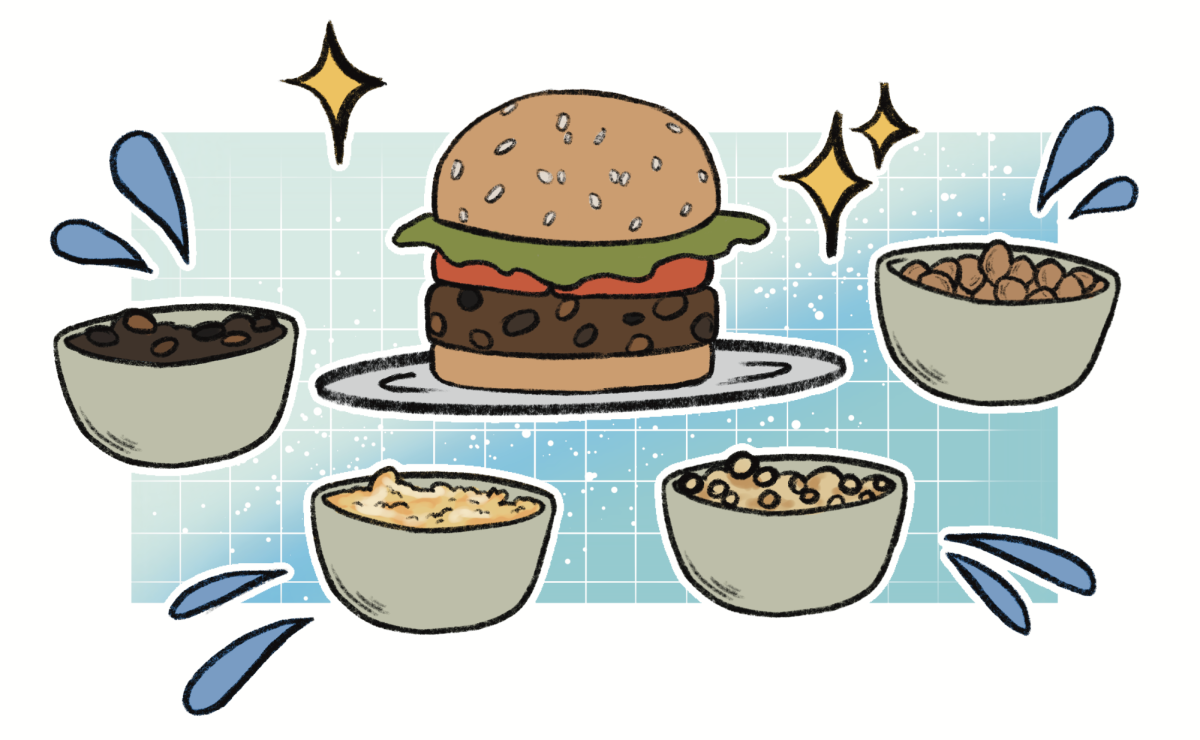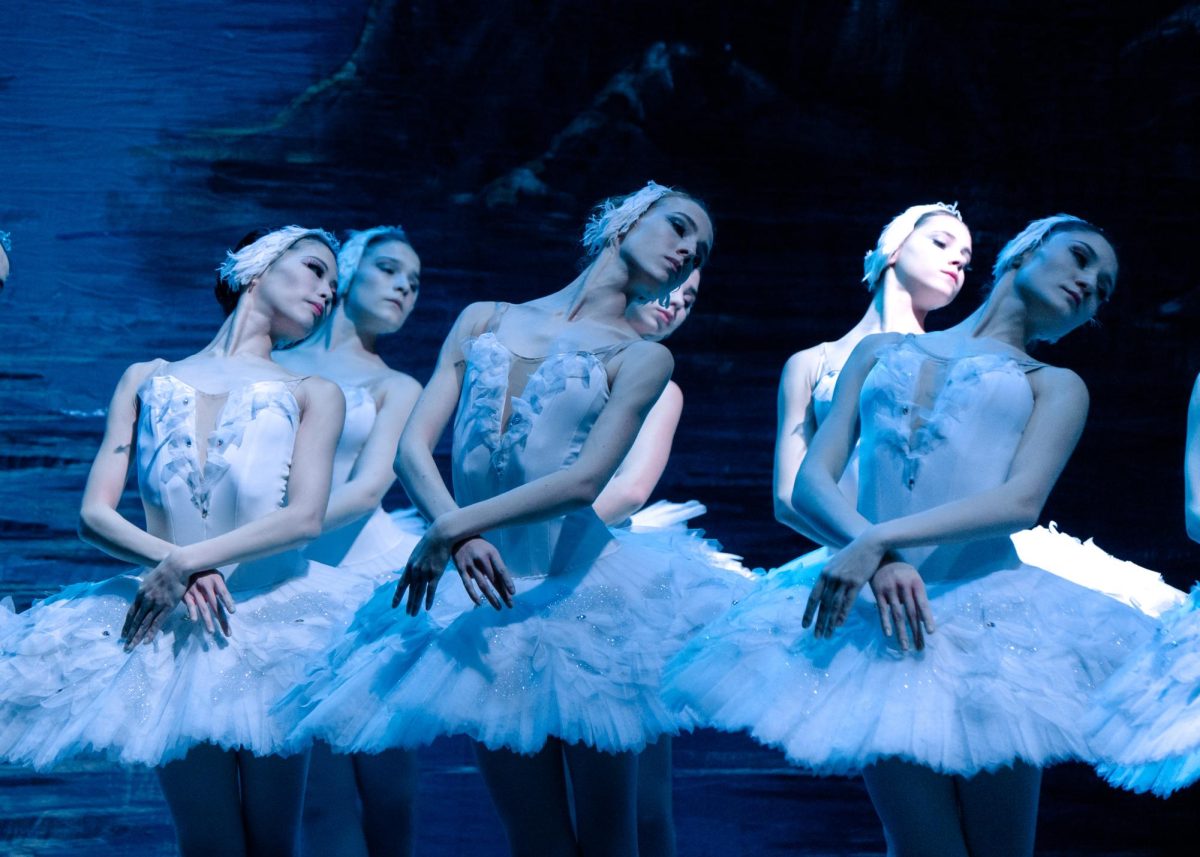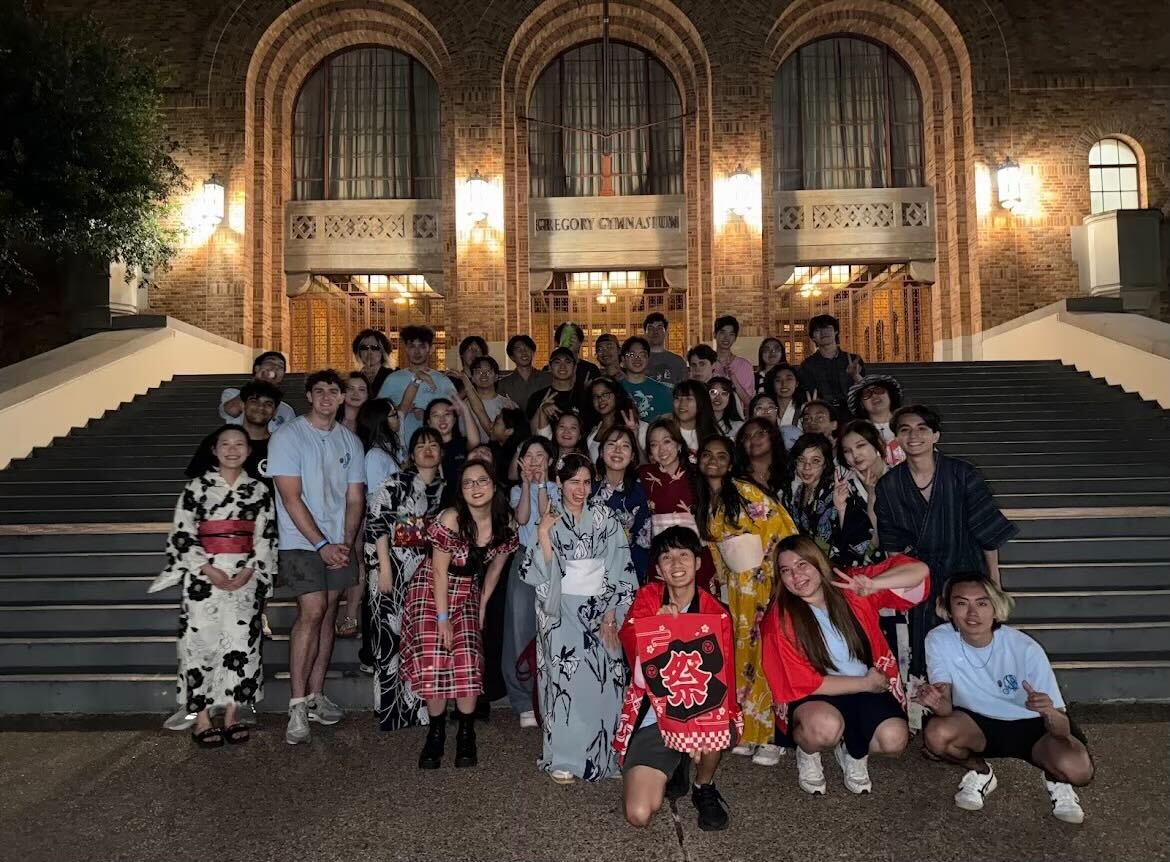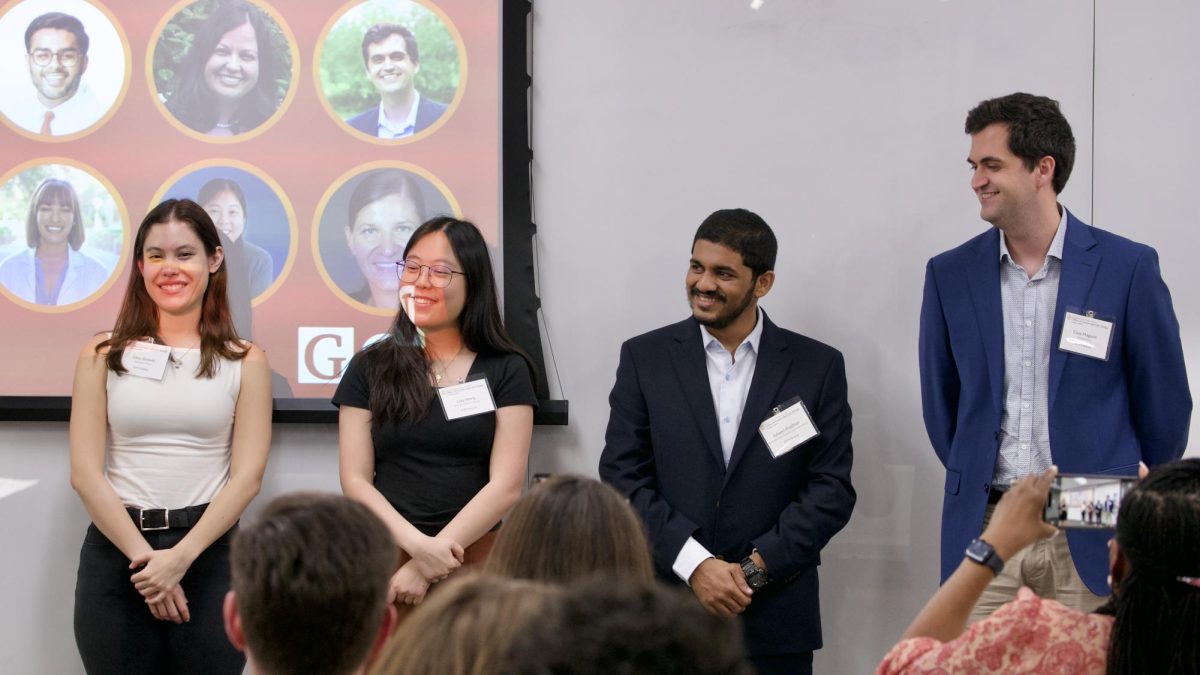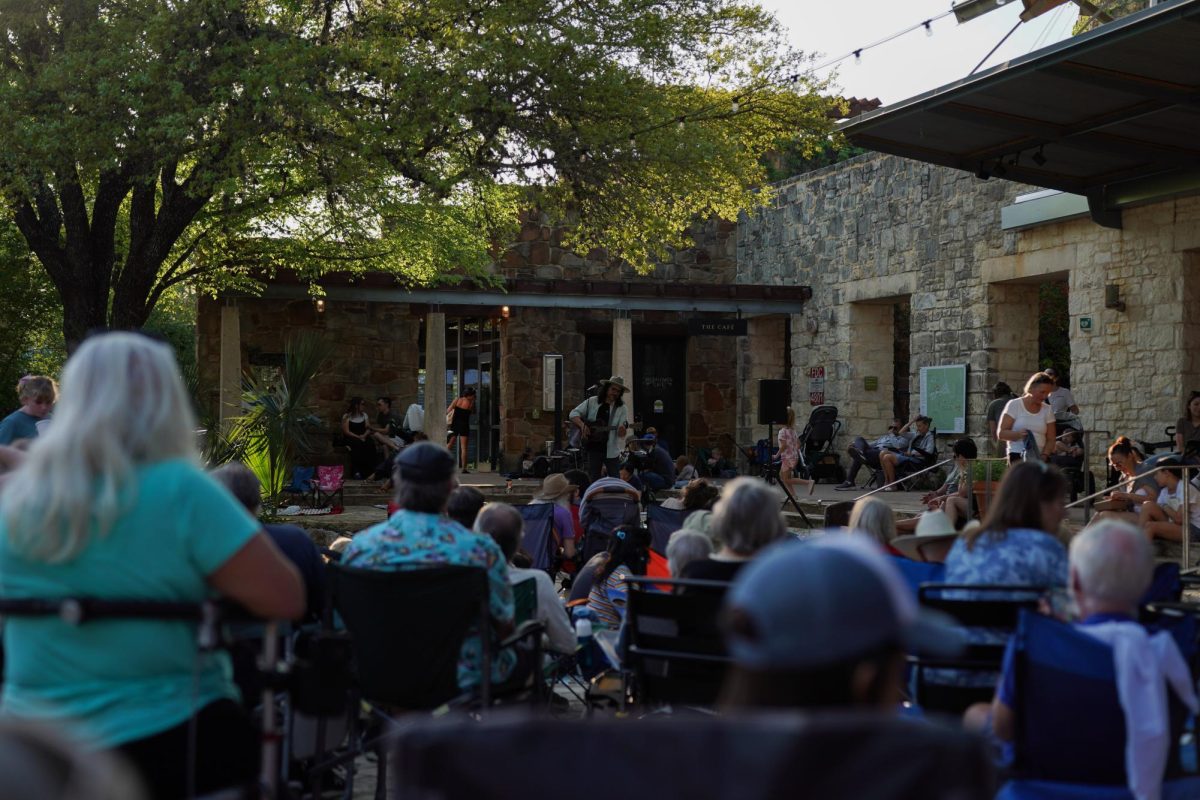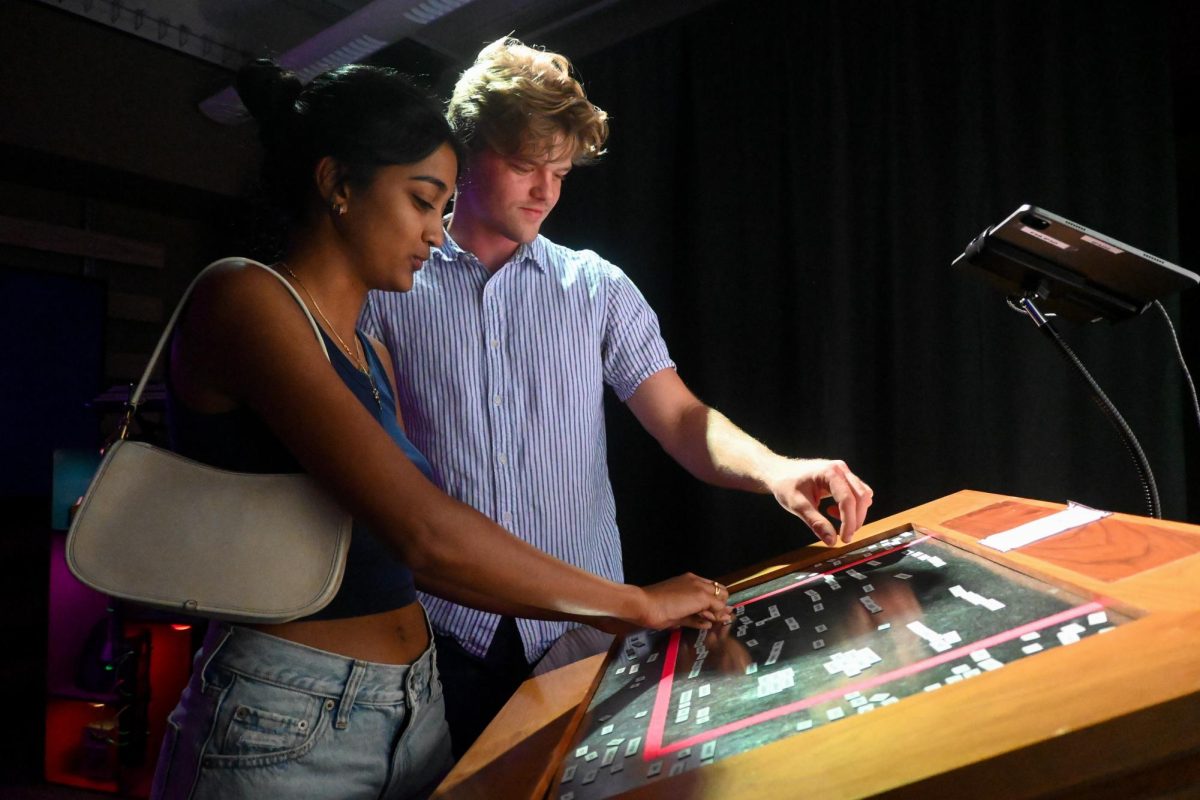At either ends of the Drag lie two distinct realms of caffeine for energy-drained college students. On one end, a quaint hole in the wall of bright toned walls mixes cool, refreshing tea, and on the other a dimly lit, moderately spirited haven serves up steaming java.
Tea and coffee were both adopted by Europe by the 17th century. Now, the modern consumer demands a vast array, and in an effort to captivate the modern customer, coffee and tea were made boundless. Today, one can find a coffee or tea derivative of any brewing process, temperature and ingredient blend they desire. The stimulating qualities attributed to both beverages make them ideal for exhausted intellects, drudging through books, essays and the like.
At the Tapioca House on Guadalupe Street, manager Simon Liu is often seen taking part in the tedious orders of business. Liu has been brewing for 30 years, but the shop itself is about 14 years old. He said the Chinese have been drinking tea for thousands of years.
“Tea is part of our everyday life,” Liu said, “In China, we say there are some things you face every day: rice, water and tea.”
His drink of choice is traditional milk tea. In part because every store has its own take, its own secret recipe.
For neuroscience freshman Maher Rahman, drinking tea is an integral part of his Bengali heritage.
“Tea is a social setting,” Rahman said. “When you brew tea you brew it for the entire household.”
Tea is usually served around lunchtime and right before dinner, standard culture for Bengali families. He drinks traditional chai with coffee creamer around lunch and green tea, or Bengal spice, before dinner. It serves as a sort of preparation for the coming meal. For Rahman, coffee is too strong, too bitter. He prefers, as some would say, pompous water.
A common appeal for java enthusiasts are independent coffee shops. One such establishment is La Tazza Fresca, located on 37th and Guadalupe streets. The barista at La Tazza, oboist junior Jillian Kouzel, has spent a year at the shop. In essence, she loves coffee, she had time, so she applied for the job.
“I just drink hot, black, regular coffee. Like bare minimum, nothing fancy,” said Kouzel. “It really is just the utility of it. The fact that it wakes me up.”
There was a notable attention to detail, but Kouzel admits she isn’t an expert, she simply knows how to make drinks.
Eventually, the subject of shop regulars came up. Typically, small coffee shops have a solid group of regulars that sit at the bar and converse. These relationships can become pretty significant. Kouzel is learning Spanish, and even met her boyfriend from behind the counter.
Kouzel said she had stints with “super sweet” coffee and lattes, explaining the latter were more for taste than the former.
“I love a hot cup of coffee in the morning and during the day,” Kouzel said, “It’s not like anything spiritual for me, it just makes me feel energized. It works.”

